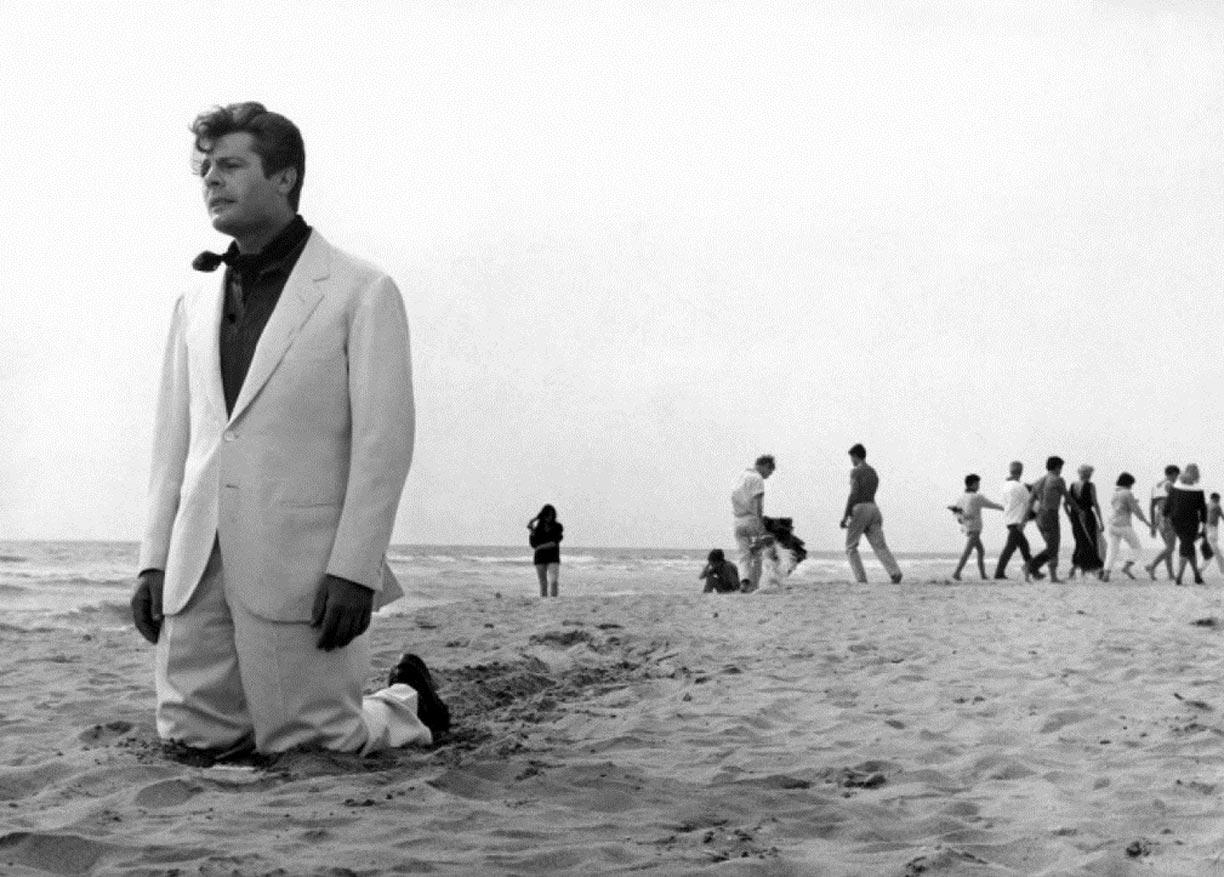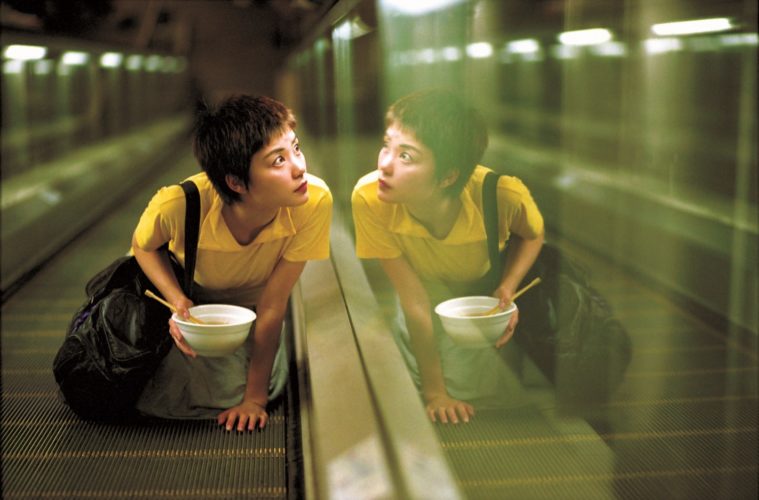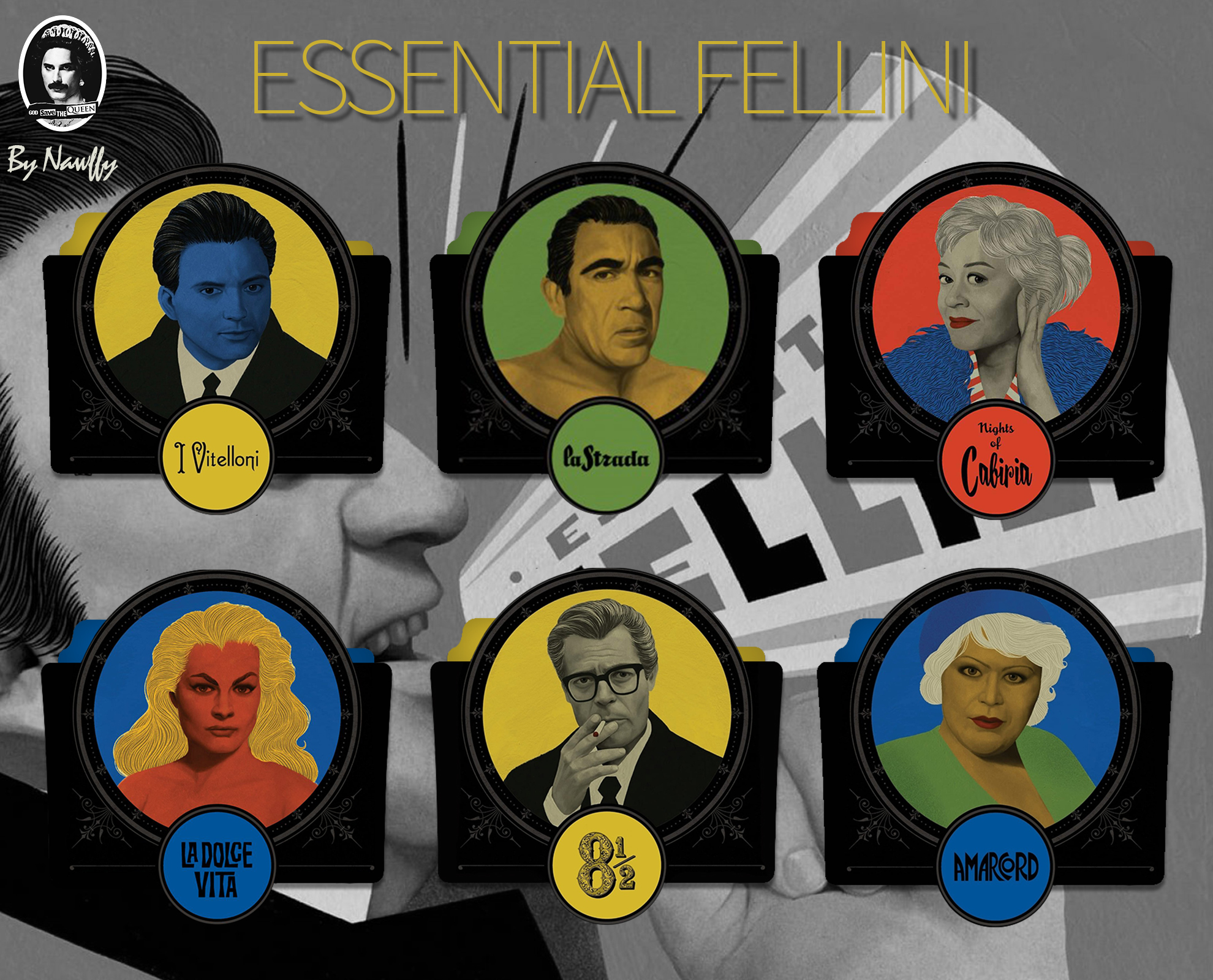

Archival interviews with Fellini stars and collaborators, including Mastroianni, Sandra Milo, Anouk Aimée, and Magali Noël. Program from 2003 on Fellini's 1980s television advertising work. Once Upon a Time: “La dolce vita,” a French television documentary about the film. Giulietta Masina: The Power of a Smile, a 2004 documentary about Fellini’s wife and frequent collaborator. Fellini racconta: Passegiatte nella memoria, a 2000 documentary featuring interviews with a late-in-life Fellini. Four behind-the-scenes documentaries: Reporter’s Diary: “Zoom on Fellini” (1965), Ciao, Federico (1969), The Secret Diary of “Amarcord” (1974), and Fellini racconta: On the Set of “And the Ship Sails On” (1983).  Two-hour, four-part 1960 interview with director Federico Fellini by filmmaker André Delvaux for Belgian television. Feature documentaries Fellini: I’m a Born Liar (2002) and Marcello Mastroianni: I Remember (1997), the latter presented in its 193-minute version. New digital restorations of the short film Toby Dammit (1968) and the television film Fellini: A Director’s Notebook (1969), with uncompressed monaural soundtracks. New 4K restorations of 11 theatrical features, with uncompressed monaural soundtracks for all films. Bringing together fourteen of the director’s greatest spectacles, all beautifully restored, this centenary box set is a monument to an artist who conjured a cinematic universe all his own: a vision of the world as a three-ring circus in which his innermost infatuations, fears, and fantasies take center stage.įifteen-Blu-Ray special edition collector's set features. He began his career working in the slice-of-life poetry of neorealism, and though he soon spun off on his own freewheeling creative axis, he never lost that grounding, evoking his dreams, memories, and obsessions on increasingly grand scales in increasingly grand productions teeming with carnivalesque imagery and flights of phantasmagoric surrealism while maintaining an earthy, embodied connection to humanity. The Italian maestro is defined by his dualities: the sacred and the profane, the masculine and the feminine, the provincial and the urbane. Like his films, he humanizes and romanticizes the everyday, transforming the mundane into something miraculous and beautiful.One hundred years after his birth, Federico Fellini still stands apart as a giant of the cinema. It is a meditation on the creative process and finding inspiration and motivation in the most unlikely places. Making a Film is an enriching read, both for devotees of Fellini’s filmography, casual students or film, or even someone who knows nothing of his works.
Two-hour, four-part 1960 interview with director Federico Fellini by filmmaker André Delvaux for Belgian television. Feature documentaries Fellini: I’m a Born Liar (2002) and Marcello Mastroianni: I Remember (1997), the latter presented in its 193-minute version. New digital restorations of the short film Toby Dammit (1968) and the television film Fellini: A Director’s Notebook (1969), with uncompressed monaural soundtracks. New 4K restorations of 11 theatrical features, with uncompressed monaural soundtracks for all films. Bringing together fourteen of the director’s greatest spectacles, all beautifully restored, this centenary box set is a monument to an artist who conjured a cinematic universe all his own: a vision of the world as a three-ring circus in which his innermost infatuations, fears, and fantasies take center stage.įifteen-Blu-Ray special edition collector's set features. He began his career working in the slice-of-life poetry of neorealism, and though he soon spun off on his own freewheeling creative axis, he never lost that grounding, evoking his dreams, memories, and obsessions on increasingly grand scales in increasingly grand productions teeming with carnivalesque imagery and flights of phantasmagoric surrealism while maintaining an earthy, embodied connection to humanity. The Italian maestro is defined by his dualities: the sacred and the profane, the masculine and the feminine, the provincial and the urbane. Like his films, he humanizes and romanticizes the everyday, transforming the mundane into something miraculous and beautiful.One hundred years after his birth, Federico Fellini still stands apart as a giant of the cinema. It is a meditation on the creative process and finding inspiration and motivation in the most unlikely places. Making a Film is an enriching read, both for devotees of Fellini’s filmography, casual students or film, or even someone who knows nothing of his works. #FEDERICO FELLINI CRITERION HOW TO#
Making a film isn’t about obstinately attempting to adapt reality to preconceived notions making a film also means knowing how to recognize, accept, and utilize the progressive changes that preexisting ideas are subjected to by the continuous, parallel coming into being of what happens. Even when entering a situation with set expectations, it’s important to stay flexible and adapt to what life has to offer. In my very favorite passage, he reflects on how the struggle of making a film runs parallel to everyday life and struggling to get by.

He goes so far as to list off who he considers to be which kind of clown. The two exist as foils, and can be defined negatively when paired against each other. He argues everyone is one kind of clown: the White Clown, authoritative, cruel, foreboding and the auguste, primitive, playful, childlike, and naive. His recurring theme of clowns throughout his film is certainly discussed here, and he offers a thought-provoking world view from this lens. (I would have liked more on La dolce vita, one of my favorites!)īeyond its insights on filmmaking, however, Fellini’s text most impressed me with its thoughtful perspective society. What initially drew me to it, besides Fellini’s name, was the potential of new insight into his films, and Making a Film certainly delivers as expected: he shares the juvenile experiences that inspired Roma and Amarcord, outlines the the larger-than-life iconography of 8 1/2, and provides perspective on nearly all his films. I name it as a general “book,” as it is part memoir, film theory, and sociological study all at once.

And like his films, it casts an undeniable spell and is completely enchanting. Much like the films he directs, Federico Fellini’s book Making a Film is a fluid, stream-of-consciousness work that ebbs and flows across time, places, and subjects.








 0 kommentar(er)
0 kommentar(er)
